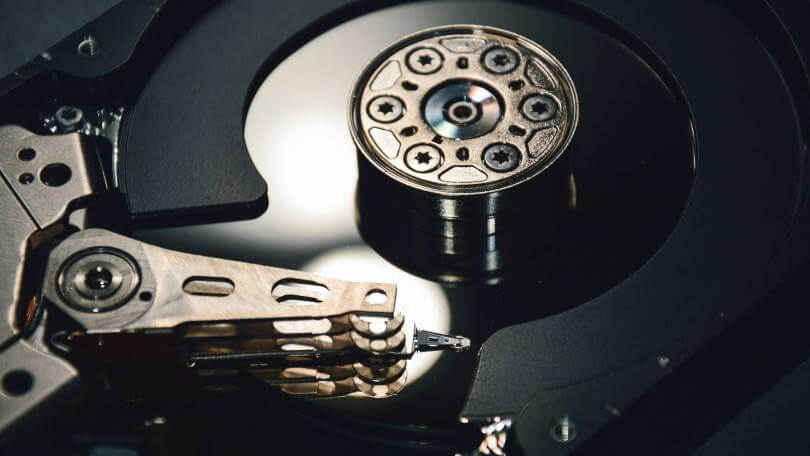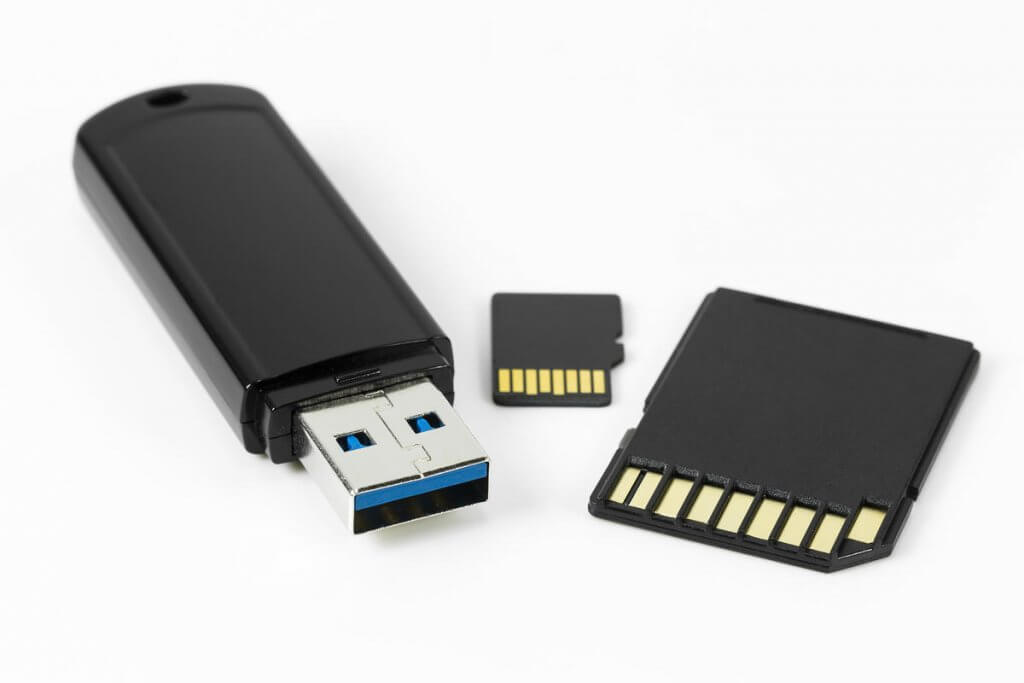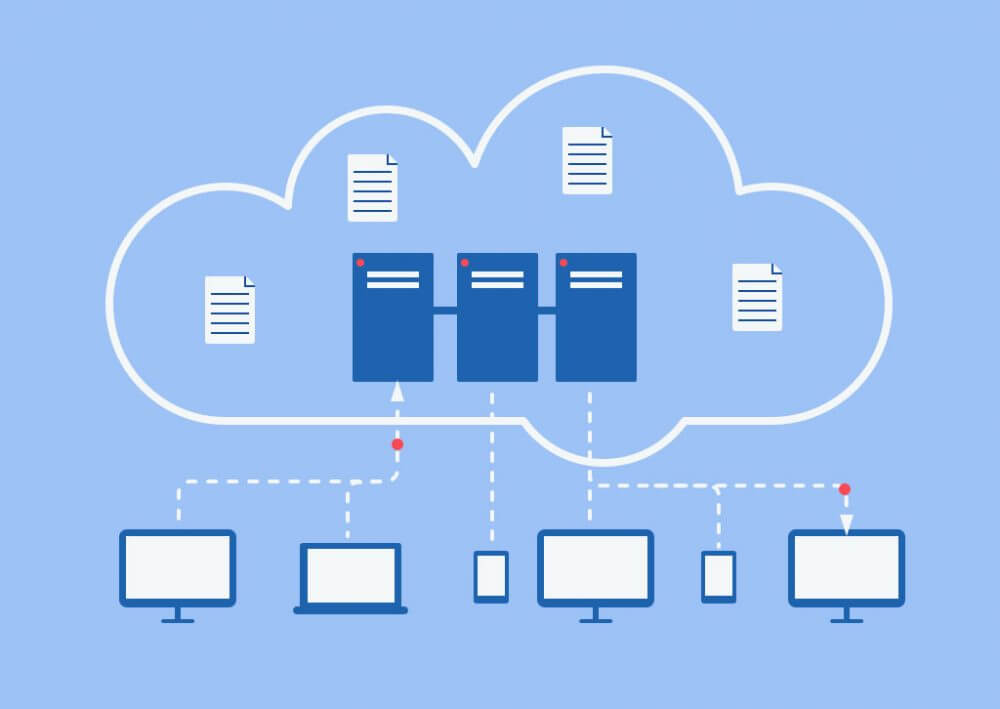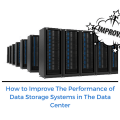Why Flash Storage Isn’t Going Anywhere
Despite the rapid pace at which technology evolves, some forms of business tech—like email—have continued to endure the test of time. Nowadays, it seems like everyone is talking about cloud storage, but that doesn’t mean that the cloud has become the only option that companies have for data storage and backup.
Flash storage offers business owners speed, security, and control—and even though the cloud seems to be the storage solution that everyone is talking about, flash is still a smart, viable option for storing your company’s files and information.
The Importance of Storage
It takes a lot of moving parts to run a business, and while storage might not be the most glamorous aspect of life as a business owner, it’s still a necessary and important decision that companies have to make. The way that a business chooses to save, store, and backup its data has more significance than you might think. Not only does storage affect efficiency and productivity, but it also plays a large role in a company’s cybersecurity and protection from virtual threats.
Types of Storage
There are several different options that business owners have when it comes to deciding how to store company data. In general, the most popular storage methods are hard disk drives (HDDs), flash, and the cloud.
HDD
HDD is considered by many to be the oldest storage method (not that the tech hasn’t evolved since its original conception in the mid-to-late 20th century). Connected to systems through standard interface cables, HDDs use magnetic disks to store and retrieve data

Flash
Like HDD, flash storage is non-volatile, which means that the data on it doesn’t disappear when it’s disconnected from power. Flash memory can be found in everything from digital cameras to smartphones, and it allows users to erase and reprogram data electronically.

The Cloud
Unlike HDD and flash, cloud storage is a remote form of storage that relies on a network of external servers owned by a third party—your cloud storage provider. This means that instead of your data being stored onsite at your company, it’s being collected and saved to an outside technological infrastructure that you can access through any Internet-connected device.

Hybrid Systems
It’s important to remember that your storage solution does have to be “all or nothing.” In other words, you can combine different storage methods with a hybrid system. For instance, hybrid-flash arrays mix flash with HDD to create an effective storage system that gives you the benefits of both forms of storage (e.g., the speed of flash and the capacity of HDD).
A Closer Look at Flash
So, why is flash still a relevant storage option, even though it doesn’t have the long-held popularity of HDD or the shiny newness of the cloud? Well, as we mentioned before, flash has a number of benefits that make it an optimal storage choice for businesses of every size and industry. Speed can be a drawback for both HDDs and the cloud. Flash is estimated to be 100 times faster than HDD, and because it uses onsite storage, it doesn’t suffer from the same latency issues that are associated with cloud storage.
Security is another instance in which flash outperforms HDDs and the cloud, albeit in different ways. For HDDs, it’s physical security: HDDs are known for spontaneously breakage, usually stemming from a scratched disk or damaged drive head. When it comes to the cloud, fragile equipment might not be an issue, but breaches in cybersecurity certainly can be. While cloud service providers do take many measures to protect your data, you’re still storing your information remotely and trusting an outside company to manage your files.
Flash has a well-established reputation for both stability and durability, and the onsite storage means that you aren’t taking as many risks in terms of security as you would be with the cloud.
Control over data is a top priority for many business owners for obvious reasons. Flash storage offers users a high level of control and management, and thanks to innovation in the tech industry, flash is quickly becoming more versatile than ever. This means more control than you’d get from the cloud and better performance than you’d get from HDD.
Bright Future Ahead For Flash
We’re not saying that flash is without its cons—flexibility and cost are still two areas in which flash is continuing to struggle. However, as time passes, flash is becoming a more and more ideal form of storage for many business owners, especially those who have any reservations about the cloud. At the end of the day, the type of storage that you choose depends on the needs of your business, and if you’re not sure which type of storage would be best, an IT consultant can help you to figure it out.





